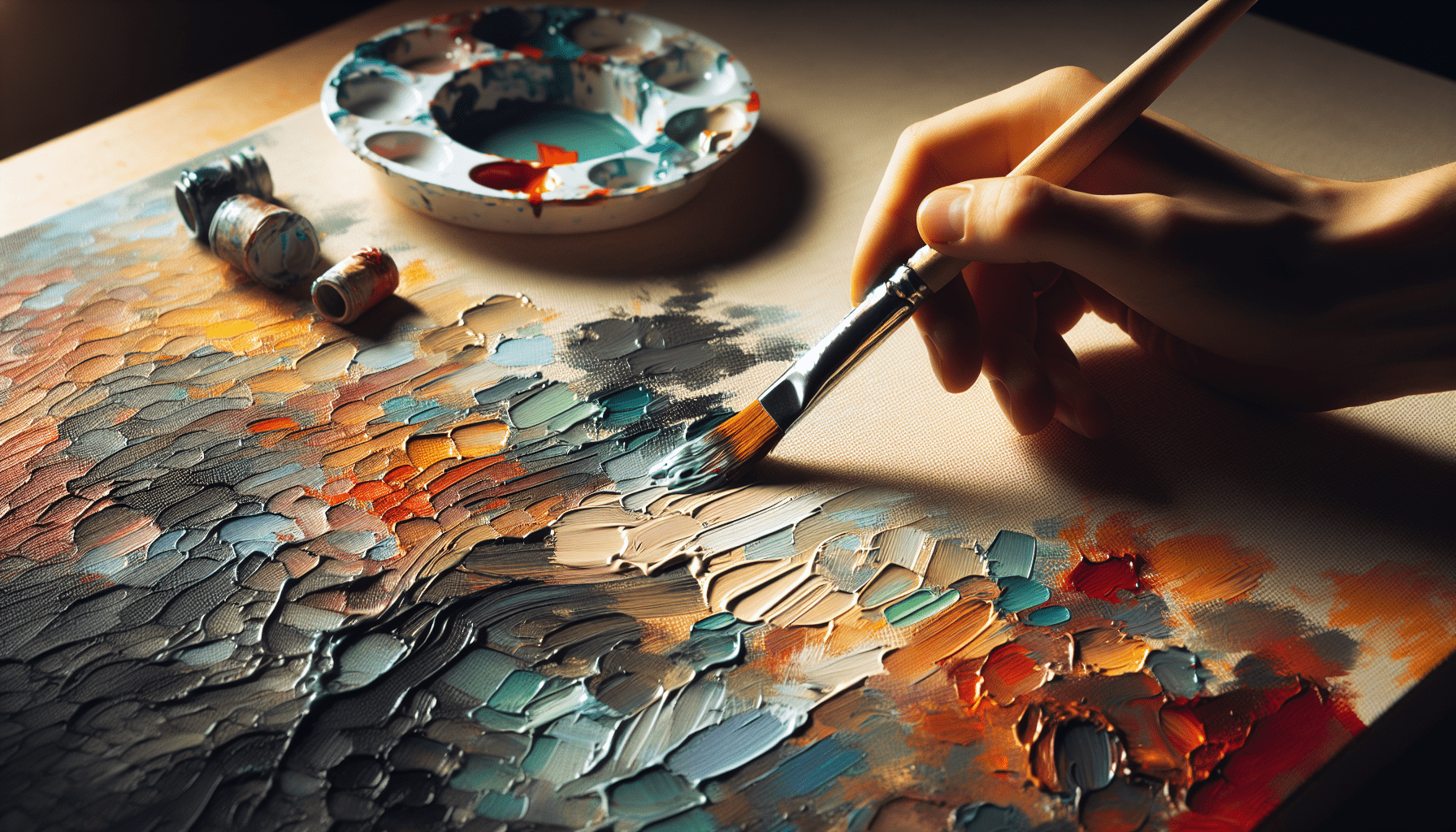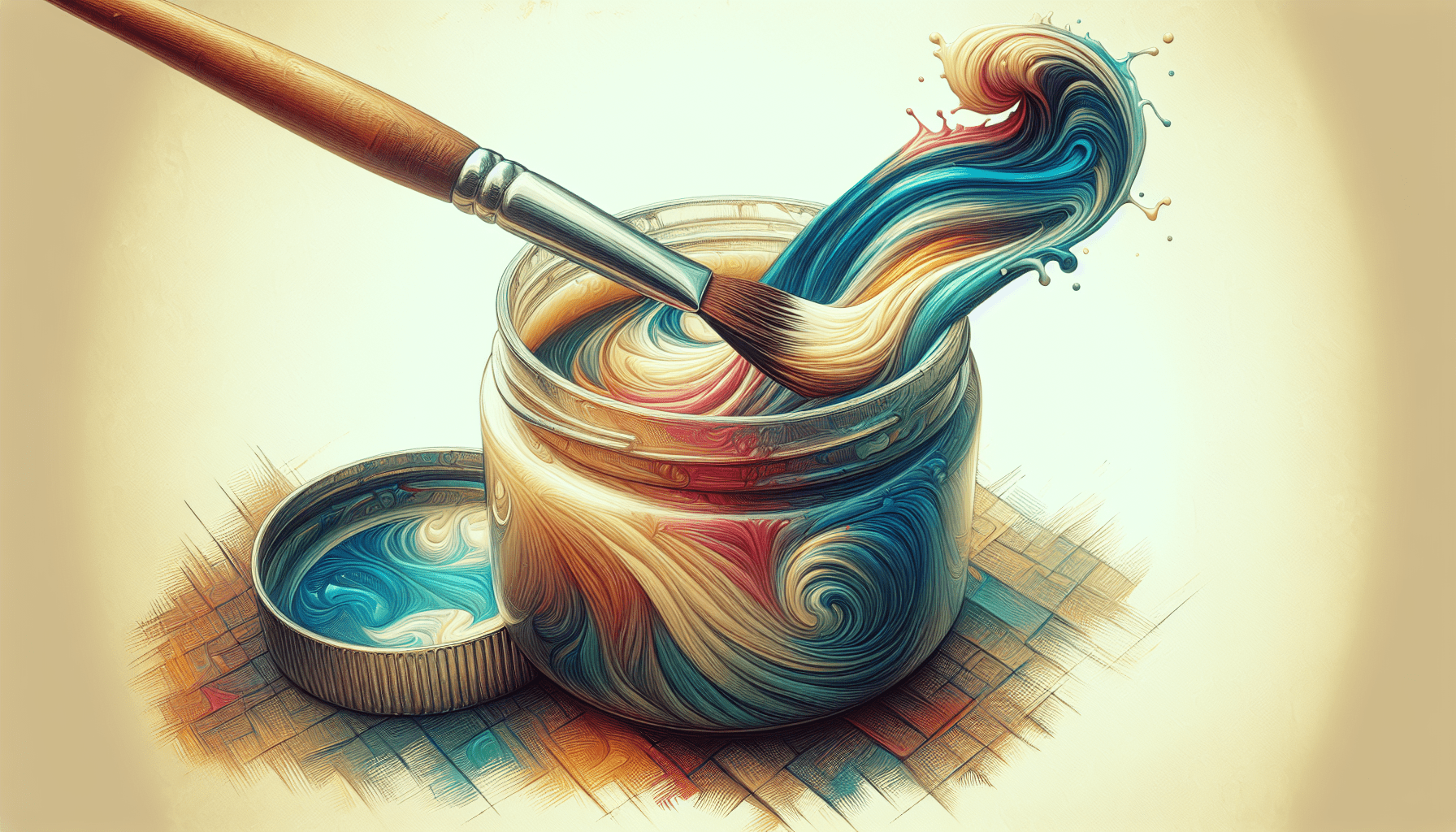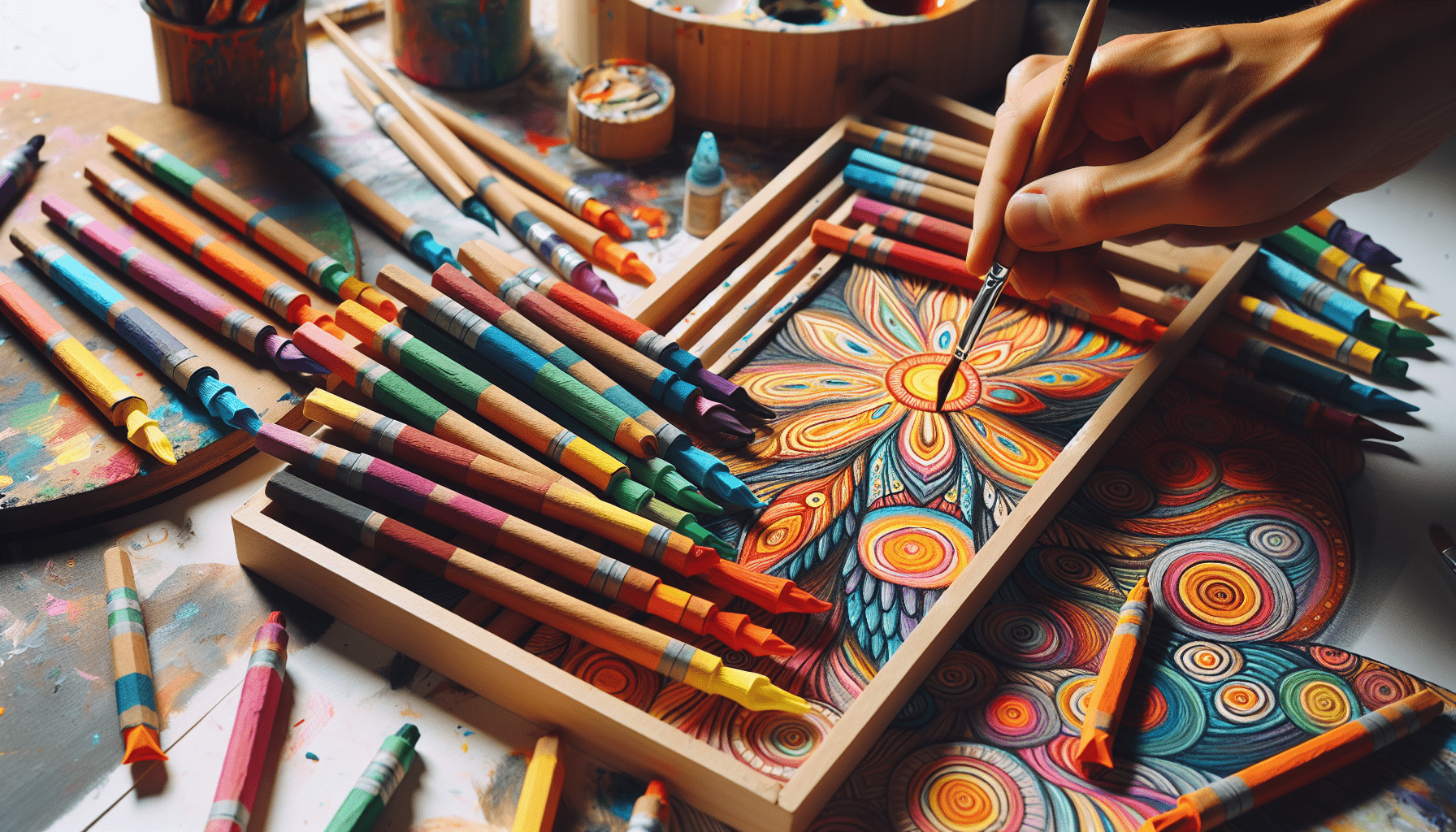In the world of art history, the medium of tempera paint has been a staple for artists for centuries. But what exactly was tempera paint mixed with to create its rich and vibrant colors? Understanding the composition of this ancient medium can shed light on the techniques and practices of artists throughout history, providing valuable insight into the evolution of painting techniques. Let’s dive into the fascinating world of tempera paint and explore the ingredients that have been used to create enduring works of art.
Introduction
Have you ever wondered what tempera paint was mixed with to create those vibrant colors in paintings? This article will delve into the history of tempera paint and the ingredients used to create this unique medium. By the end of this article, you will have a deeper understanding of what goes into making tempera paint.
History of Tempera Paint
Before we discuss what tempera paint is mixed with, let’s take a brief look at the history of this ancient medium. Tempera paint has been used for centuries and was a popular choice for artists in the Renaissance period. This type of paint is known for its fast-drying properties and ability to create rich, opaque colors.
Ingredients Used in Tempera Paint
Now, let’s explore the key ingredients that are used to make tempera paint.
Egg Yolk
One of the primary ingredients in tempera paint is egg yolk. The egg yolk acts as a binding agent that holds the pigment together and helps the paint adhere to the surface.
Pigments
In addition to egg yolk, tempera paint also contains pigments. Pigments are finely ground particles that give the paint its color. These pigments can be natural minerals, plants, or synthetic compounds.
Distilled Water
Another ingredient in tempera paint is distilled water. Distilled water is used to dilute the paint and create the desired consistency. It is essential to use distilled water to prevent impurities from affecting the quality of the paint.
Vinegar
Vinegar is sometimes added to tempera paint to help with adhesion and preservation. The acidity of vinegar can assist in binding the pigments together and prevent the paint from deteriorating over time.
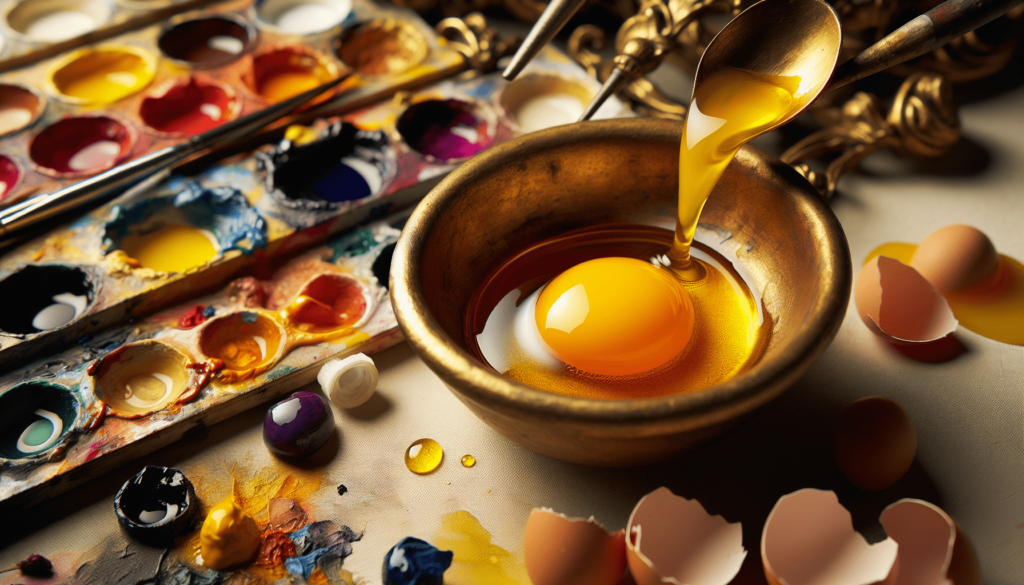
Mixing Process
Now that we have covered the key ingredients used in tempera paint, let’s discuss the mixing process.
Preparation of Egg Yolk
The first step in mixing tempera paint is to separate the yolk from the egg white. The egg yolk is then mixed with water to create an emulsion. This emulsion will serve as the base for the paint.
Adding Pigments
Once the egg yolk emulsion is prepared, pigments are added to create the desired color. The pigments are carefully mixed into the emulsion until the paint reaches the desired hue.
Dilution with Water
After the pigments have been added, distilled water is used to dilute the paint to the desired consistency. It is essential to add water gradually to avoid over-thinning the paint.
Adding Vinegar
If vinegar is being used in the recipe, it is added at this stage. Vinegar helps to stabilize the paint and improve adhesion. A small amount of vinegar can go a long way in enhancing the quality of the paint.
Application of Tempera Paint
Now that the tempera paint has been mixed, it is ready to be applied to a surface. Tempera paint can be used on various surfaces, including wood, paper, and canvas.
Wood
When painting on wood, it is essential to prepare the surface by sanding it smooth and applying a primer. Once the surface is ready, the tempera paint can be applied using a brush or sponge.
Paper
When painting on paper, it is crucial to use a thick, sturdy paper that can withstand the moisture of the paint. Tempera paint dries quickly, so it is best to work in small sections to avoid the paint drying before you have finished your design.
Canvas
For painting on canvas, it is recommended to apply a canvas primer to create a smooth, absorbent surface. Once the primer has dried, the tempera paint can be applied with brushes or sponges in layers to create depth and texture.
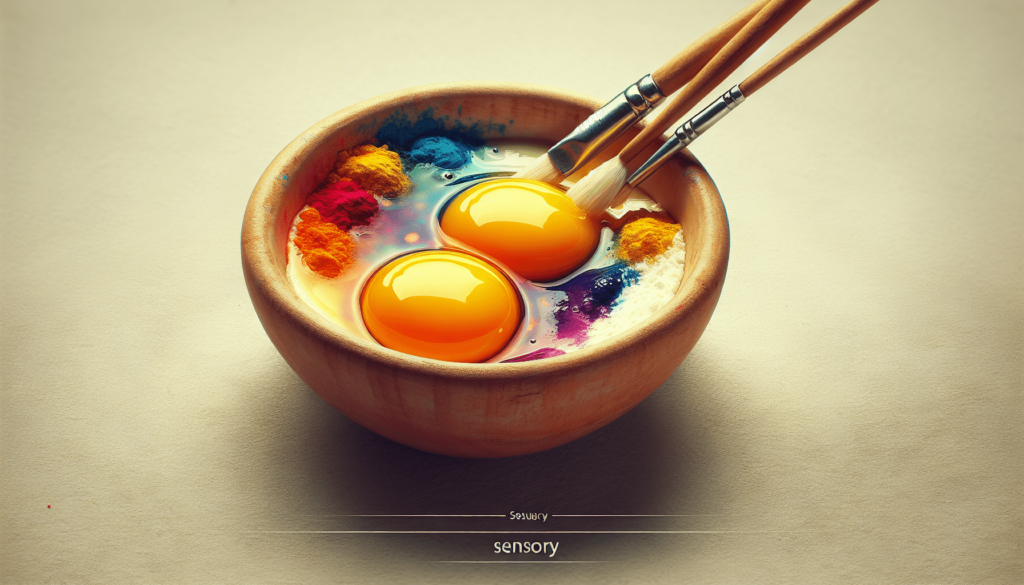
Benefits of Using Tempera Paint
There are several benefits to using tempera paint as a medium for your artwork.
Vibrant Colors
Tempera paint is known for its bright, opaque colors that can be layered to create depth and richness in your artwork. The pigments used in tempera paint provide excellent coverage and a wide range of hues.
Fast Drying Time
One of the advantages of working with tempera paint is its fast-drying time. This allows artists to work quickly and make corrections without waiting for layers to dry. The quick drying time also makes tempera paint ideal for creating detailed work.
Longevity
Tempera paint has been used for centuries and is known for its longevity. When properly cared for, artwork created with tempera paint can last for generations without fading or deteriorating. The use of egg yolk as a binding agent contributes to the durability of the paint.
Conclusion
In conclusion, tempera paint is a unique medium that has been used by artists for centuries. By understanding the ingredients used in tempera paint and the mixing process, you can create vibrant and long-lasting artwork. Whether you are a beginner or an experienced artist, tempera paint is a versatile medium that can be used to create stunning works of art. So, next time you pick up a brush, consider trying tempera paint for your next masterpiece.

